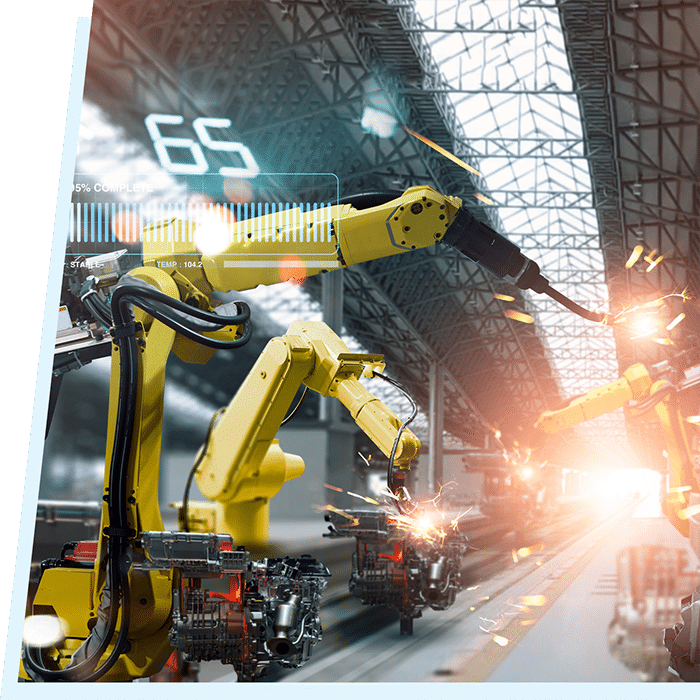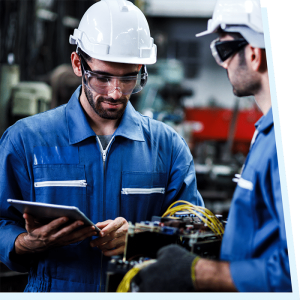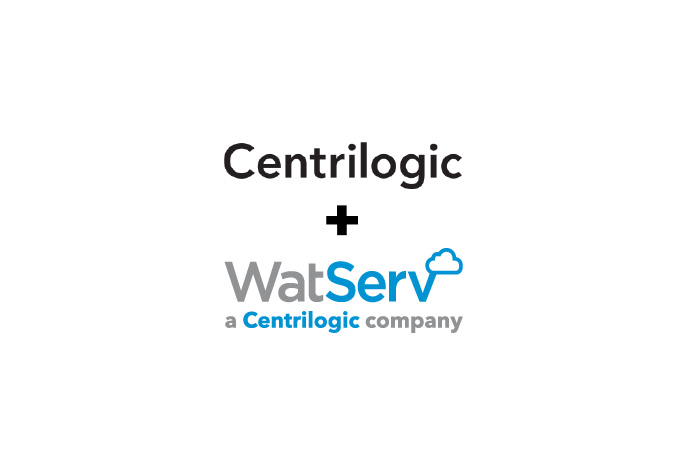Industry 4.0: Building the Future for Manufacturing
By Gary Lo, VP, Product Management
March 28, 2022
The World Economic Forum chairman, Klaus Schwab, coined ‘the Fourth Industrial Revolution’ as a way to collect together and describe many of the present-day advances in science and industry. Although our present era is characterized by constant change, there is some coherence around the increase in communication and automation. Many present-day industrial innovations are connected and often one leads to another.
Many analysts now refer to this as Industry 4.0. The key themes of modern industry 4.0 are interconnection, information transparency, technical assistance from machines to humans, and the ability of systems to autonomously make their own decisions.
The transition to this new phase is slowly carving out the path towards an era of Smart Factories.

Before we get to that, it’s worth a very brief history lesson , just to contextualize why the concept of Industry 4.0 is so important. Here is a brief summary of each industrial phase:
- First Industrial Revolution: the late eighteenth century transition from manual production to the use of steam and waterpower.
- Second Industrial Revolution: the late nineteenth century introduction of telegraph and railroads allowing a rapid transfer of people and ideas. Also, electrification, which created modern production lines.
- Third Industrial Revolution: the late twentieth century digital revolution where computer power began to replace the need for human abilities.
- Fourth Industrial Revolution: the present day imagination age. This is where cloud computing, the Internet of Things (IoT), and cyber-physical systems are all powered by automation and the open exchange of data.
Cloud computing underpins almost every aspect of Industry 4.0 from automating processes to enabling IoT sensors – it is essential. All manufacturing companies with a desire to stay ahead of their competitors need to be exploring the best pathway into the use of a cloud environment. This is the first step to enabling all these other Industry 4.0 technologies. Traditional manufacturing processes must evolve to make use of the developments summarized by Industry 4.0.
Modern manufacturing is highly distributed with plants all over the world, dependent on a global supply chain and short-lived consumer demand. Creating a dynamic manufacturing system is very well suited to a flexible cloud environment, rather than complex on-premise systems that take years to design and install. Modern manufacturing no longer looks like a twentieth century vision of technology.
In a recent strategy paper, focused on the opportunities of cloud computing for manufacturing companies, Deloitte warned that there is a danger for any manufacturer that fails to grasp why cloud matters to them: “Missing this opportunity places manufacturers at the risk of falling behind their competition. Manufacturing companies therefore need an appropriate cloud approach in order to maintain a competitive position and to benefit from these new business models.”

Accenture suggests that there are many different steps that manufacturing companies can take on their cloud adoption journey, starting with an evaluation of what they are using at present: “The journey should start by identifying business outcomes that you want to achieve. Once the objective is clear, the next step is to evaluate existing applications. Which ones should be retired? Think about those reaching end-of-life or no longer business-relevant. Which should remain as is?”
Fortunately, you don’t need to start from square one. The Microsoft Azure platform is continuously adding new capabilities that enable this Industry 4.0 vision to become a reality. Realizing the potential of industry 4.0 is entirely underpinned by moving to the cloud. This powers the platform and application opportunities around secure tooling, Artificial Intelligence (AI), and automation, transforming capability and productivity.
To create a hyper scalable, secure, and globally connected business it is essential that your manufacturing systems are located in the cloud. AI and Machine Learning require the use of vast amounts of data. Likewise with networks of IoT sensors. A modern manufacturing environment needs storage and scale.
Azure can give your manufacturing business a head start and WatServ can help you get the most from Azure. WatServ is committed to helping manufacturers transform their business around the principles of Industry 4.0. We understand the technology trends that are in play at present and how they can transform your business for the future. Please check our website for more information and and case studies on how your manufacturing business can benefit from this approach.
About
WatServ is an IT solutions provider that helps organizations digitally transform through cloud technologies and managed services.
Serving clients as a trusted advisor since 2006, WatServ provides experience-tested, strategic solutions across all stages of the digital transformation journey. Clients choose WatServ to migrate infrastructure and applications to the cloud, secure critical data, implement disaster recovery, deploy virtual desktop, enable data-readiness for productivity solutions and manage IT environments.
Our clients span a broad range of industries, and we’re a global supplier of IT services for many Brookfield Portfolio Companies. To help our mid-size clients, we provide scalable offerings that simplify cloud adoption and drive business optimization. For enterprise clients, we co-create cloud solutions that enable stability and efficiency for complex IT tools and processes.
With more than 15 years of experience, WatServ has a track record of delivering quantifiable business results and a superior client experience. Ranked as one of Canada’s Top 100 Solution Providers for the last three years in a row, WatServ is always on.

